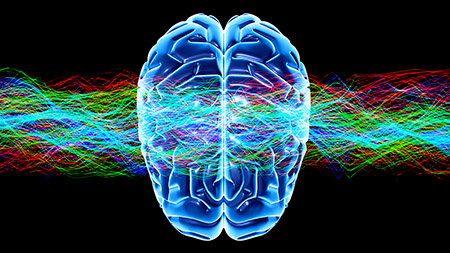Overview
What Is Dystonia?
Dystonia is a movement disorder that causes involuntary muscle contractions and spasms. Opposing muscles often contract at once, forcing the affected body part into repetitive and even violently twisting movements or awkward, irregular postures that may be uncomfortable and painful.
Dystonia is classified by the type of muscles that are affected such as:
- Spasmodic torticollis (neck)
- Blepharospasm (eyelids)
- Spasmodic dysphonia (voice)
- Meige syndrome (jaw)
- Generalized dystonia—usually hereditary
Dystonia may also be classified by the part of the body affected:
- Generalized: Entire body involved
- Segmental: Contiguous body regions involved
- Multifocal: Non-contiguous body regions involved
- Focal: One body part involved
A body part affected by dystonia is commonly also affected by tremor. This is called dystonic tremor.
Some patients with dystonia use a sensory trick to overcome or break dystonic movements. This is referred to as Geste antagonists, and it involves the patient touching the body part that is affected by the dystonia. For example, a patient with torticollis may temporarily break the neck spasm by placing his hand on his cheek.



